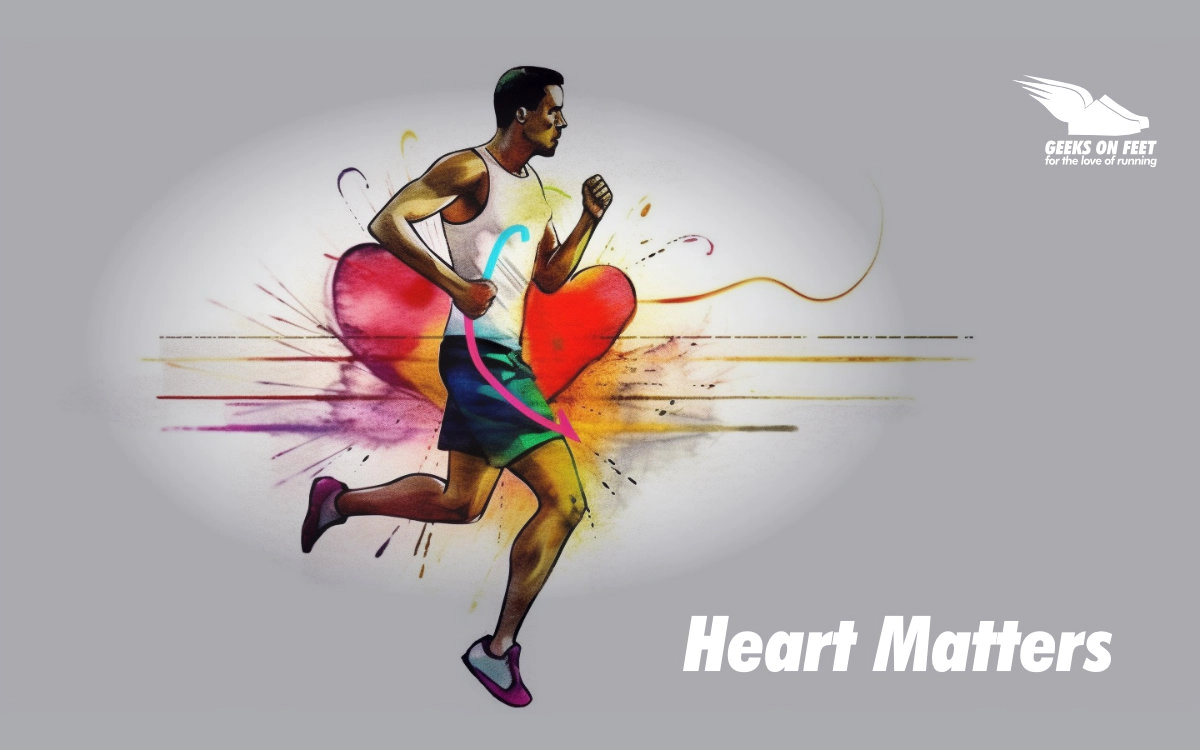
This post is summary of Brig Dr. J. Muthukrishnan’s Zoom session. He has kindly agreed to put this on YouTube.
In recent times, the occurrence of seemingly healthy & fit colleagues collapsing during running has raised concerns and left us with unanswered questions. We are left wondering if these incidents can happen to any of us and what measures can be taken to prevent them. Dr. Muthu, an endurance runner by himself, sheds light on the importance of understanding our own hearts while engaging in physical activity to ensure our safety.
Dr. Muthu emphasizes the importance of heart health in any physical activity, as it pumps harder than normal during exercise. While discomfort and pain are often seen as part of the sport, we need to be cautious, but too much of it can be life-threatening. Sudden Cardiac incidents can occur due to various factors, including inherited conditions, coronary artery anomalies, hypertrophic cardiomyopathy, valve abnormalities, dilated cardiomyopathy, lifestyle disorders, and myocarditis.
Mechanical abnormalities can be caused by inherited conditions, such as hypertrophic cardiomyopathy. These conditions affect the structure and functioning of the heart, leading to abnormal pumping mechanisms and potential arrhythmias. Electrical abnormalities, on the other hand, involve abnormal pathways and disturbances in the conduction of electric stimuli in the heart. Conditions like preexcitation and Long QT syndromes can result in arrhythmias, syncope, or sudden cardiac death. Regular ECGs and examinations by trained professionals are vital in detecting these abnormalities.
Cumulative Cardiac Injury from Excessive Exercise:
Exerting beyond one’s physiological limits can result in reversible cardiac muscle injury. However, if recovery is inadequate or overtraining occurs, repeated insults to the heart can lead to cumulative damage. This damage may cause the heart to become thicker, less relaxed, and more prone to arrhythmias. Monitoring heart health through periodic echocardiography and ECGs, even in individuals with initially normal results, is recommended to identify long-term cumulative damage.
Dr. Muthu, emphasized the importance of recognizing key symptoms and risk factors associated with cardiac disease. He highlighted that classical pain of cardiac disease, known as angina, is typically experienced as mid-chest discomfort accompanied by sweating, palpitations, and a feeling of doom. Interestingly, angina may also manifest as dizziness, blackout episodes, or pronounced fluctuations in blood pressure.
Dr. Muthu emphasized the significance of individual risk factors such as smoking, diabetes, hypertension, and family history of cardiac conditions. He stressed that even unexplained deaths in first-degree relatives can be a warning sign, indicating a potential underlying cardiac issue. Additionally, he mentioned that certain conditions, like hypertrophic cardiomyopathy, may be hereditary and warrant further screening.
To assess an individual’s risk for developing heart disease, Dr. Muthu introduced a widely available risk score that considers factors such as gender, smoking status, total cholesterol levels, HDL (good cholesterol) levels, blood pressure, and whether the person is on treatment for hypertension. This risk score helps estimate the likelihood of experiencing a heart attack or dying due to heart disease over a ten-year period.
Dr. Muthu explained that routine medical check-ups should include cholesterol and blood sugar tests to evaluate metabolic health and assess the risk of heart disease. While these tests are generally recommended on an annual basis, additional cardiac evaluations become crucial for runners. These evaluations may include an electrocardiogram (ECG) conducted both at rest and under stress, such as during a treadmill test. Additionally, an echocardiography, which examines the structure of the heart, can provide valuable insights.
Although not mandatory for the general population, Dr. Muthu acknowledged that runners, particularly those starting at an older age, should consider these additional evaluations on an annual basis. By identifying potential cardiac abnormalities early on, individuals can mitigate risks before engaging in intensive training. Further tests, such as CT angiography or coronary angiography, may be recommended based on the initial assessments.
Regarding the impact of COVID-19 on heart health, Dr. Muthu explains that the virus can increase the risk of blood clotting, myocarditis (inflammation of the cardiac muscle), and arrhythmias. He advises individuals who have recovered from COVID-19 to gradually resume physical activity and undergo basic screening tests before engaging in intense training.
One key point he emphasized was the incorrect recommendation of routine CT Angio scans for everyone. Dr. Muthu stressed that this procedure should not be done unless specifically required, as supported by articles and studies.
Regarding the use of smartwatches and heart rate monitors with features like real-time ECG, Dr. Muthu mentioned their potential benefits but advised caution. To confirm any abnormalities detected by such devices, a treadmill test and consultation with a cardiologist are necessary.
Overtraining can lead to athletes' heart, which is an abnormal condition. Fatigue, recovery, and heart rate can provide initial indicators of overtraining, but to understand the impact on the heart, ECG and echocardiography are essential.
The discussion touched upon heart rate variability (HRV) as a marker for recovery and understanding the electrical function of the heart. Changes in HRV can indicate risks or damage, including the potential for arrhythmias. Therefore, monitoring HRV through suitable devices can help detect abnormalities.
In response to a question about the rehabilitation process after a cardiac event, Dr. Muthu explained that recovery varies individually. Gradual progression is key, and use tests like stress echocardiography to monitor the heart’s pumping mechanism during exercise. The recovery journey should be supervised and adjusted based on repeated assessments of exercise capability and heart function.
Addressing question on low blood pressure, Dr. Muthu clarified that it is not necessarily problematic unless accompanied by symptoms or a lack of blood pressure increase during exertion. Any abnormal responses or a fall in blood pressure during exercise should be further evaluated by a cardiologist.
Dr. Muthu discussed cholesterol levels, and regular monitoring is recommended, and exercise can actually improve cholesterol levels. Therefore, there is no need to worry excessively about slightly elevated LDL cholesterol levels while engaging in physical activity.